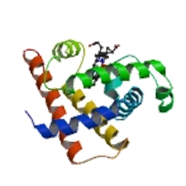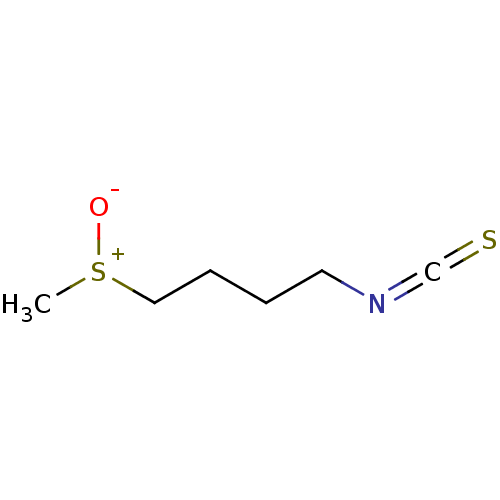TargetEpidermal growth factor receptor(Homo sapiens (Human))
Alma Mater Studiorum-University of Bologna
Curated by ChEMBL
Alma Mater Studiorum-University of Bologna
Curated by ChEMBL
Affinity DataIC50: 36nMAssay Description:Inhibition of EGFR-TK in human A431 cell lysate assessed as reduction in EGF stimulated kinase activity after 60 mins using biotinylated peptide subs...More data for this Ligand-Target Pair
TargetEpidermal growth factor receptor(Homo sapiens (Human))
Alma Mater Studiorum-University of Bologna
Curated by ChEMBL
Alma Mater Studiorum-University of Bologna
Curated by ChEMBL
Affinity DataIC50: 880nMAssay Description:Inhibition of EGFR-TK in human A431 cell lysate assessed as reduction in EGF stimulated kinase activity after 60 mins using biotinylated peptide subs...More data for this Ligand-Target Pair
TargetEpidermal growth factor receptor(Homo sapiens (Human))
Alma Mater Studiorum-University of Bologna
Curated by ChEMBL
Alma Mater Studiorum-University of Bologna
Curated by ChEMBL
Affinity DataIC50: 6.10E+3nMAssay Description:Inhibition of EGFR-TK in human A431 cell lysate assessed as reduction in EGF stimulated kinase activity after 60 mins using biotinylated peptide subs...More data for this Ligand-Target Pair
TargetEpidermal growth factor receptor(Homo sapiens (Human))
Alma Mater Studiorum-University of Bologna
Curated by ChEMBL
Alma Mater Studiorum-University of Bologna
Curated by ChEMBL
Affinity DataIC50: 9.00E+3nMAssay Description:Inhibition of EGFR-TK in human A431 cell lysate assessed as reduction in EGF stimulated kinase activity after 60 mins using biotinylated peptide subs...More data for this Ligand-Target Pair


 3D Structure (crystal)
3D Structure (crystal)

